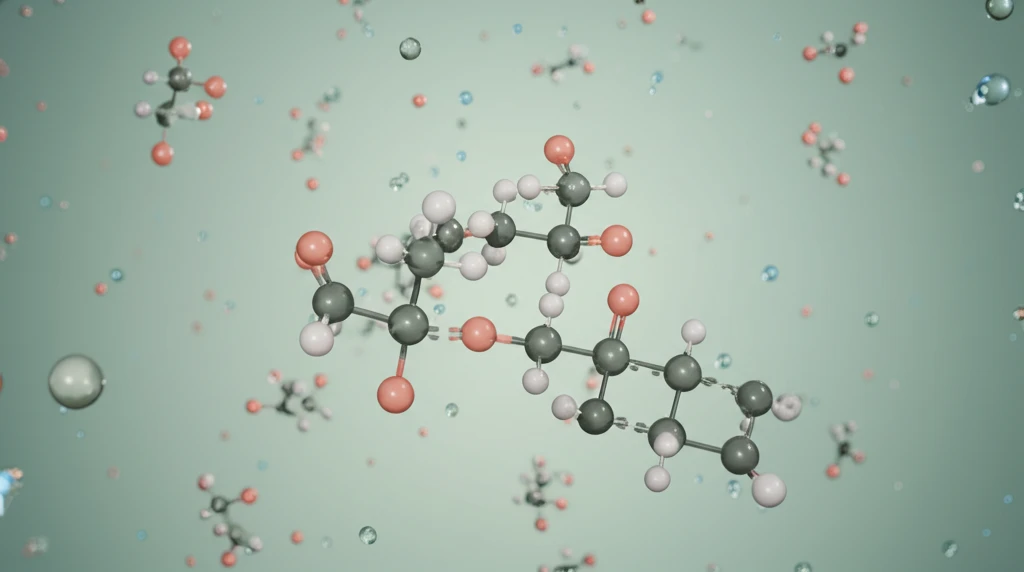
Unlocking the Secrets of Acefylline Piperazine: How It Interacts With Your Body
"Explore the surprising properties of acefylline piperazine in various solutions and what they reveal about its impact on drug behavior and effectiveness."
Have you ever wondered how medications interact with your body at a molecular level? It’s a complex dance of attraction and repulsion, influenced by the surrounding environment. Acefylline piperazine (AP), a derivative of theophylline, commonly used as an anti-asthmatic drug, offers a fascinating glimpse into this world. Its behavior in different solutions—aqueous, aqueous methanol, and aqueous ethylene glycol—reveals key insights into how drugs interact with their environments and, ultimately, how they affect our bodies.
Think of your body as a bustling city. Drugs are like visitors, and their interactions with the city's infrastructure (your cells and bodily fluids) determine their effectiveness. Some visitors might integrate seamlessly, while others might face resistance. Understanding these interactions can lead to better drug design and more personalized treatments. That's why studying how acefylline piperazine behaves in different solutions is so vital.
Researchers have been diligently exploring these interactions, focusing on properties like density, molar volume, and interactions with surrounding molecules. By examining these factors, scientists can better predict how the drug will behave once it enters the complex environment of the human body. This research isn't just about abstract chemistry; it's about making medications safer and more effective for everyone.
The Science Behind the Solutions

To understand how acefylline piperazine (AP) works, scientists analyze it in three different liquid environments: aqueous (water-based), aqueous methanol (water mixed with methanol), and aqueous ethylene glycol (water mixed with ethylene glycol). These environments mimic different conditions the drug might encounter in the body. The key is to observe how the drug's properties change in response to these environments. For example, researchers measure density, which tells them how tightly packed the molecules are, and molar volume, which indicates the space occupied by the drug molecules. These measurements are taken at various temperatures to see how heat affects the interactions.
- Density: Higher density suggests stronger interactions between solute and solvent.
- Molar Volume: Indicates the space occupied by the drug molecules, affected by solute-solvent interactions.
- Hepler's Criterion: Determines structure-making or breaking properties of the drug.
- Temperature Effects: Influences the kinetic energy of molecules and interactions.
Why This Matters to You
Ultimately, this research emphasizes the importance of understanding how drugs behave in different environments. By studying acefylline piperazine in various solutions, scientists gain valuable insights into its interactions and potential effects on the body. This knowledge can pave the way for more effective drug formulations and personalized treatments, ensuring that medications work optimally for each individual. So, the next time you take a medication, remember the intricate molecular dance happening within your body and the dedicated scientists working to make that dance as harmonious as possible.
